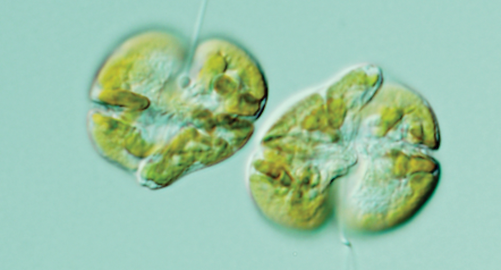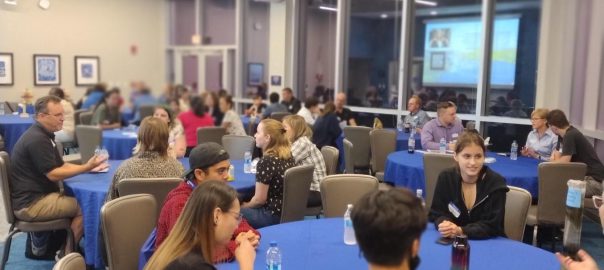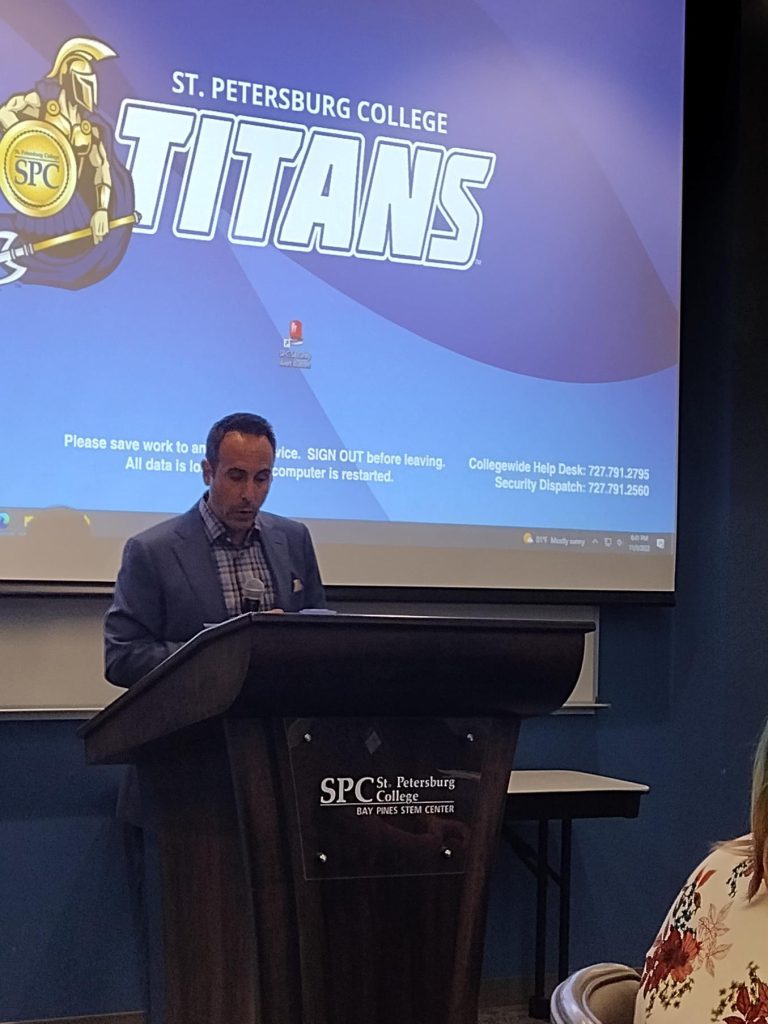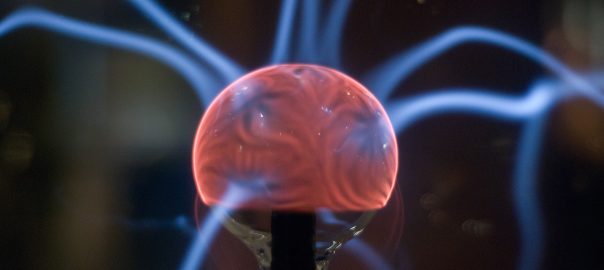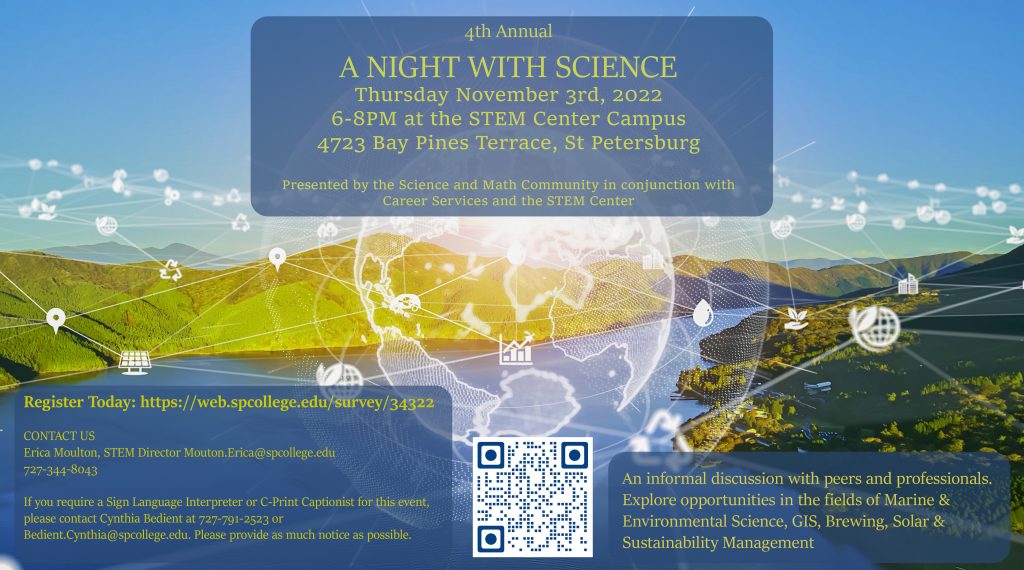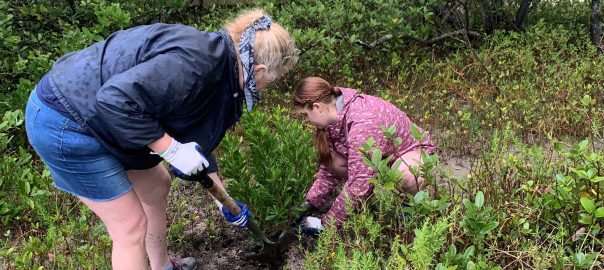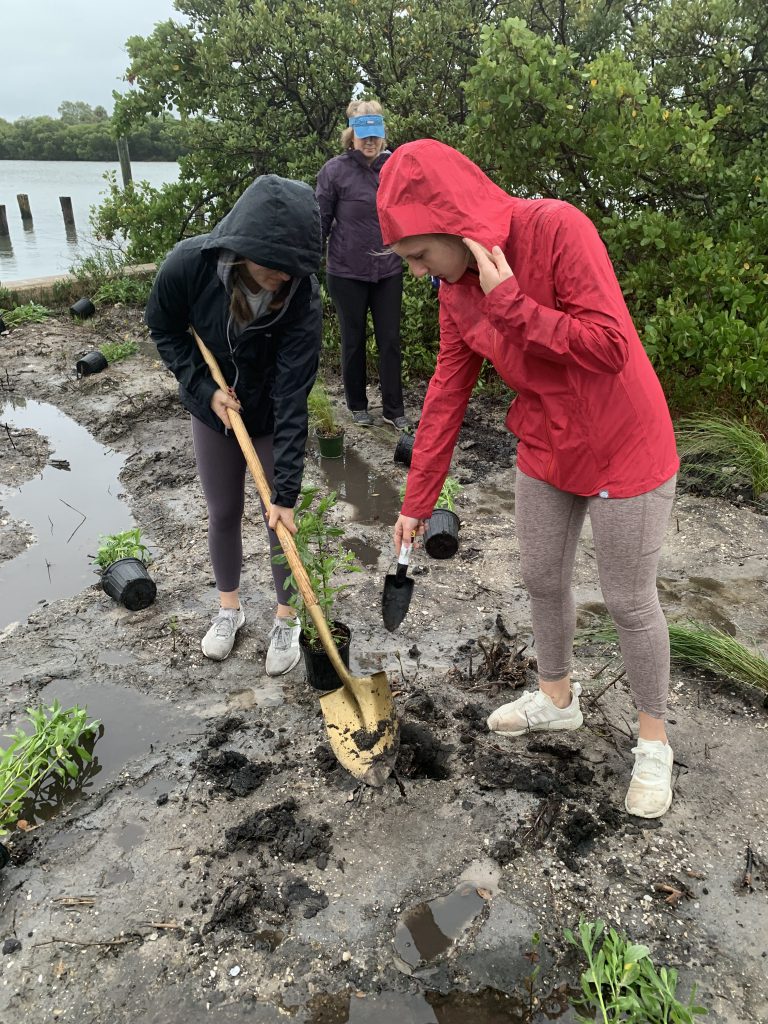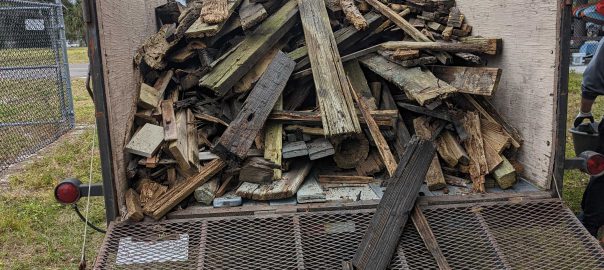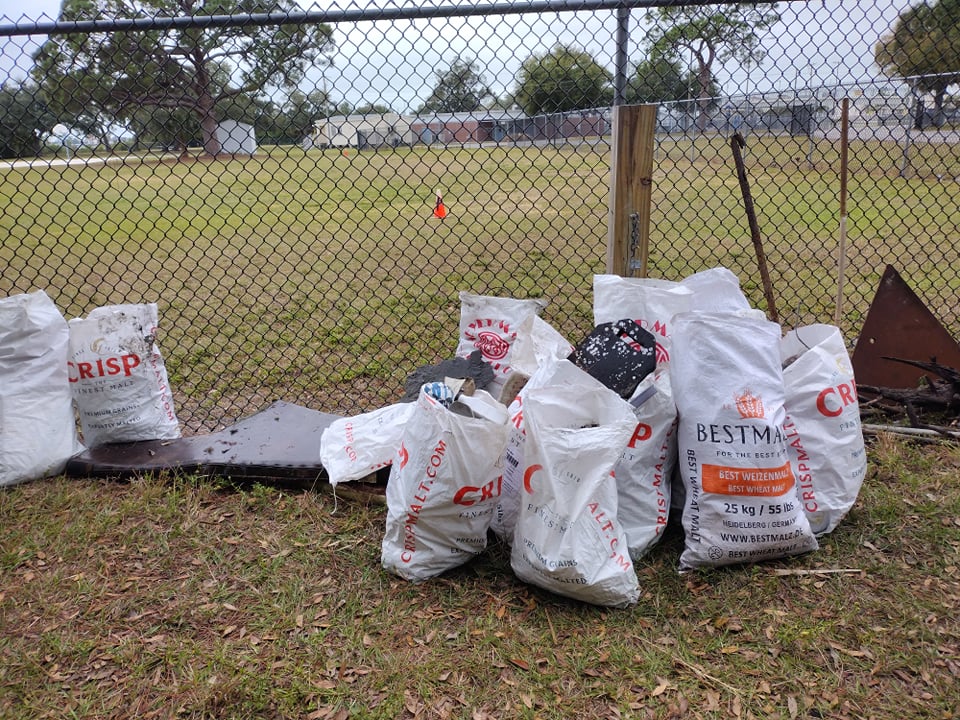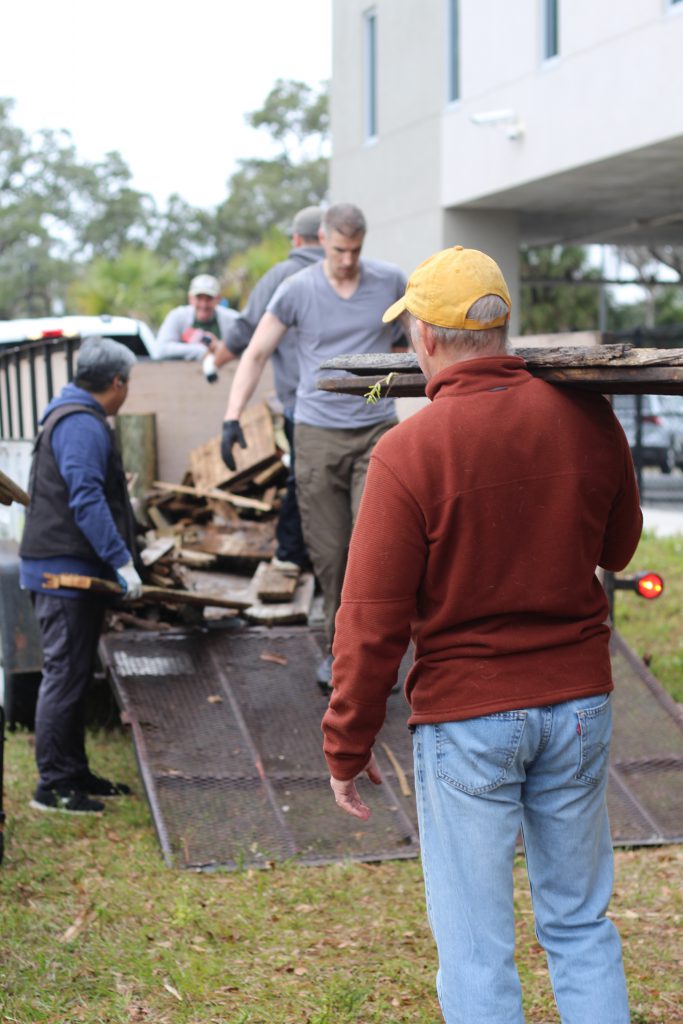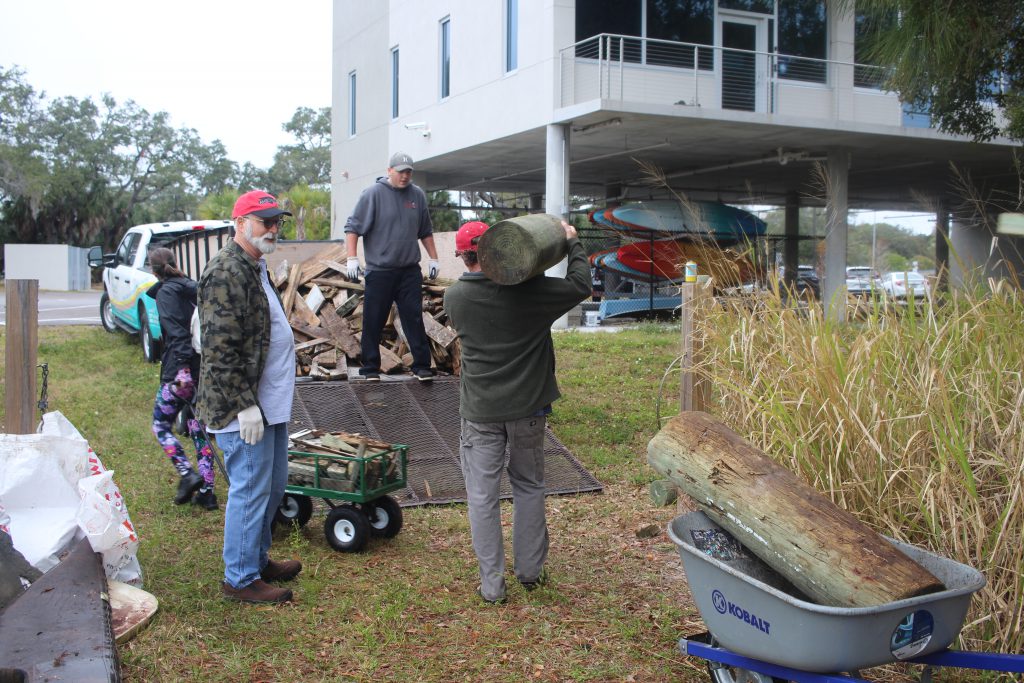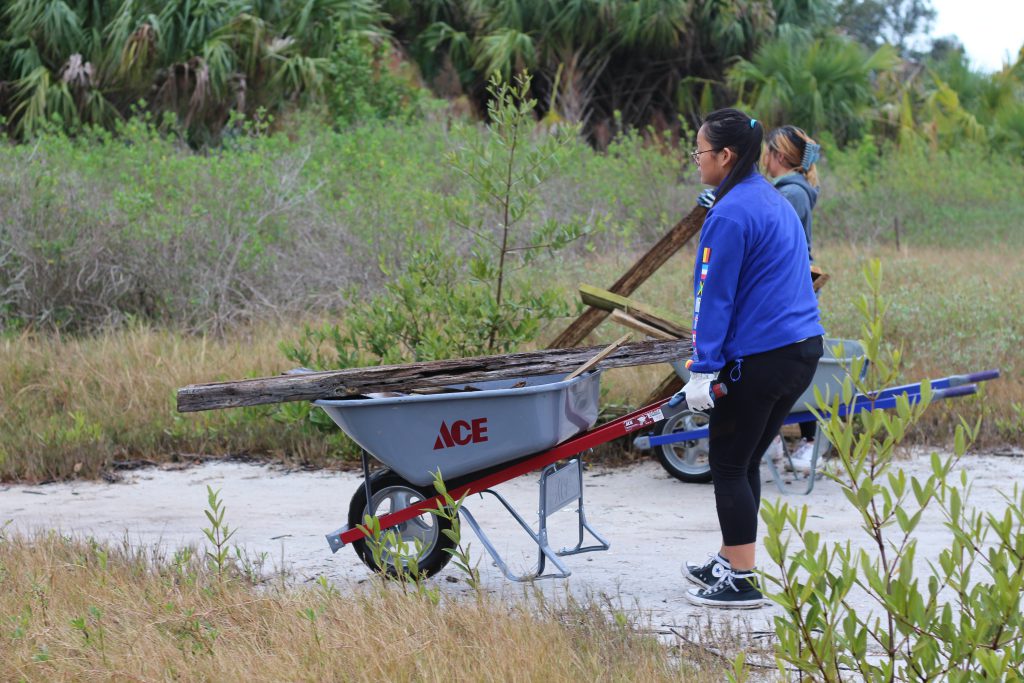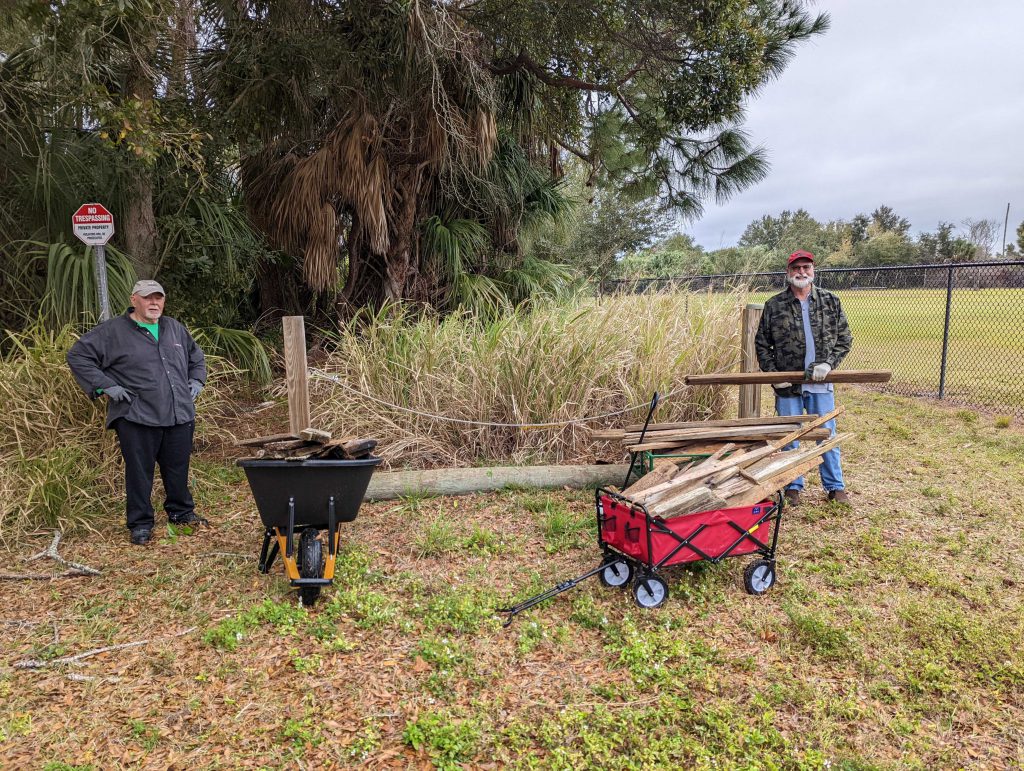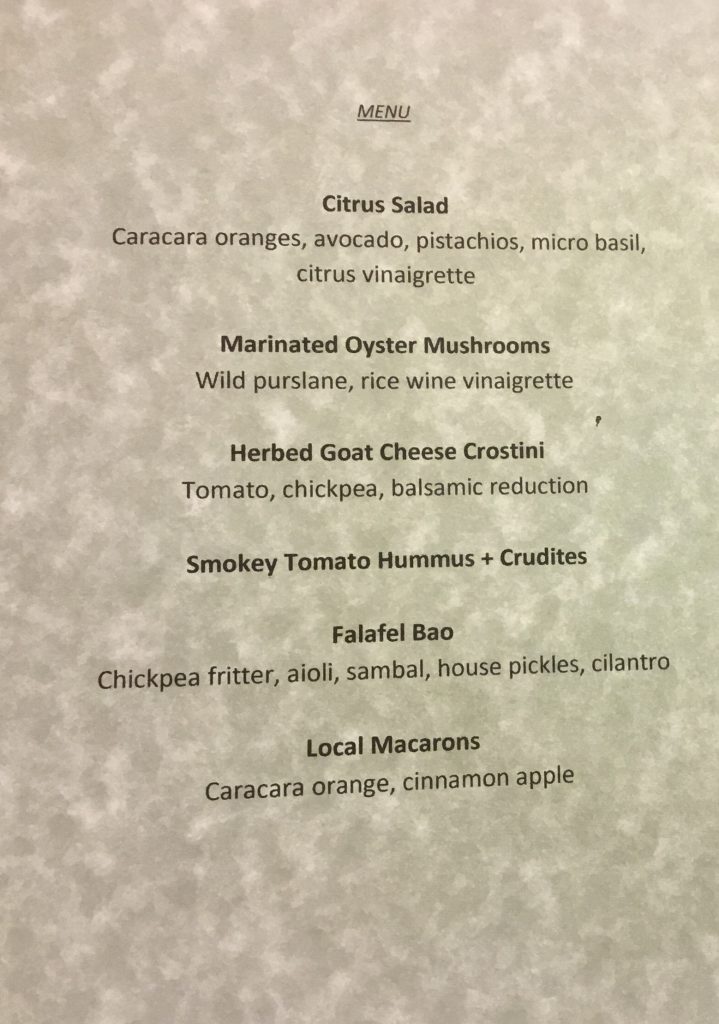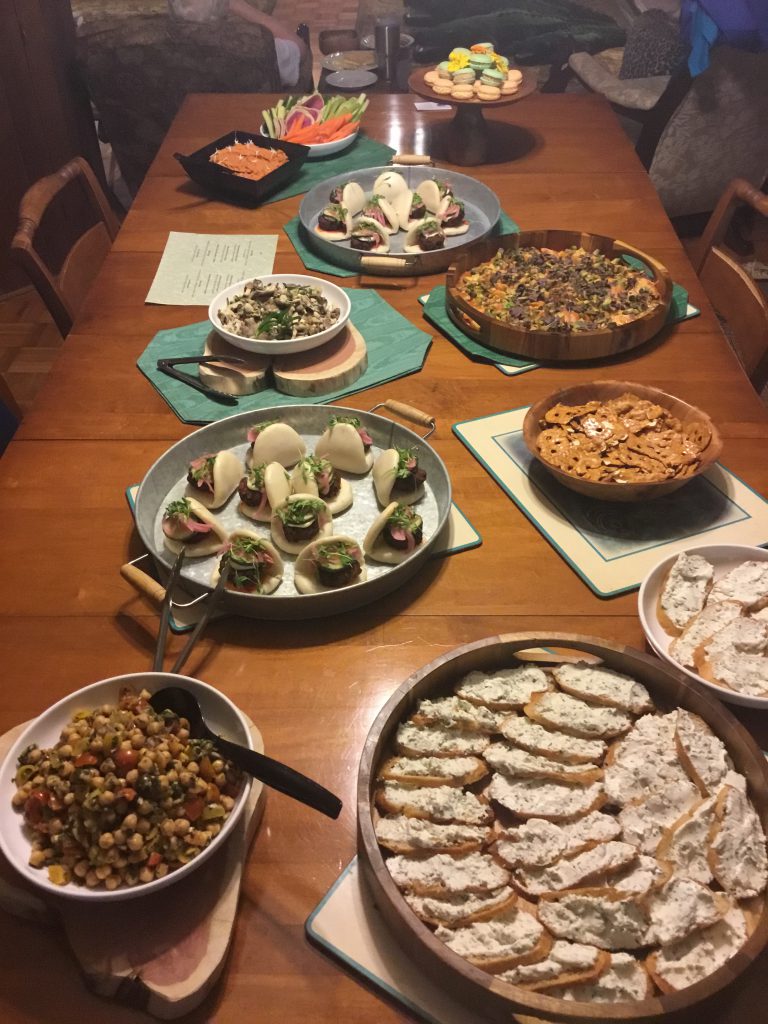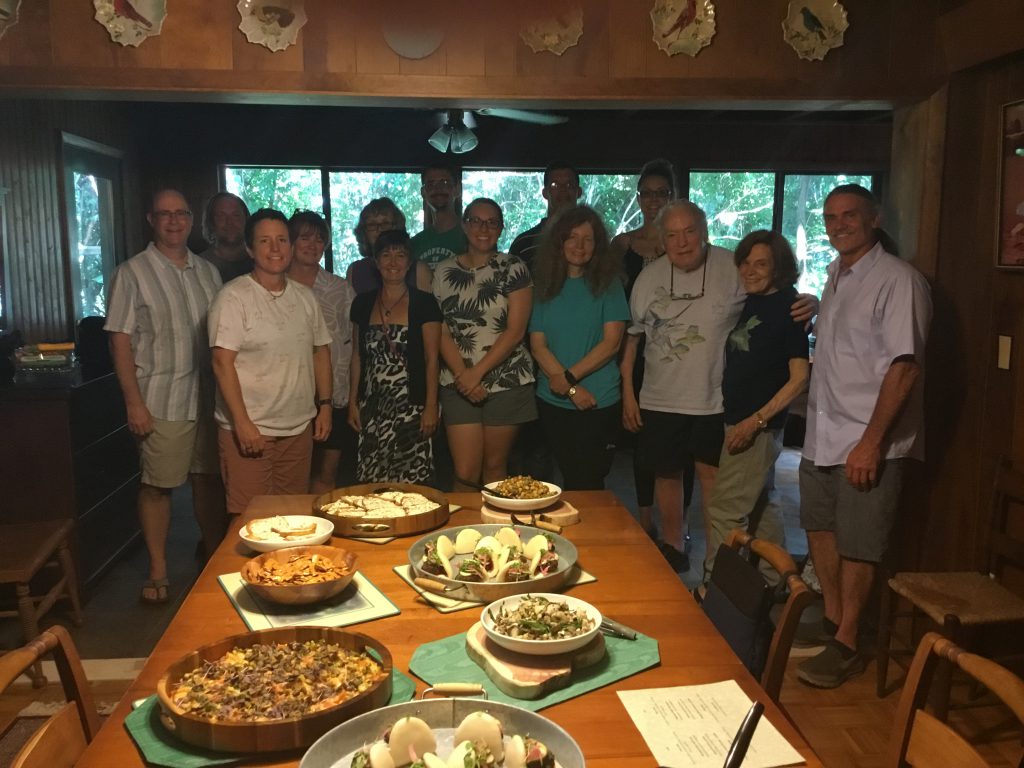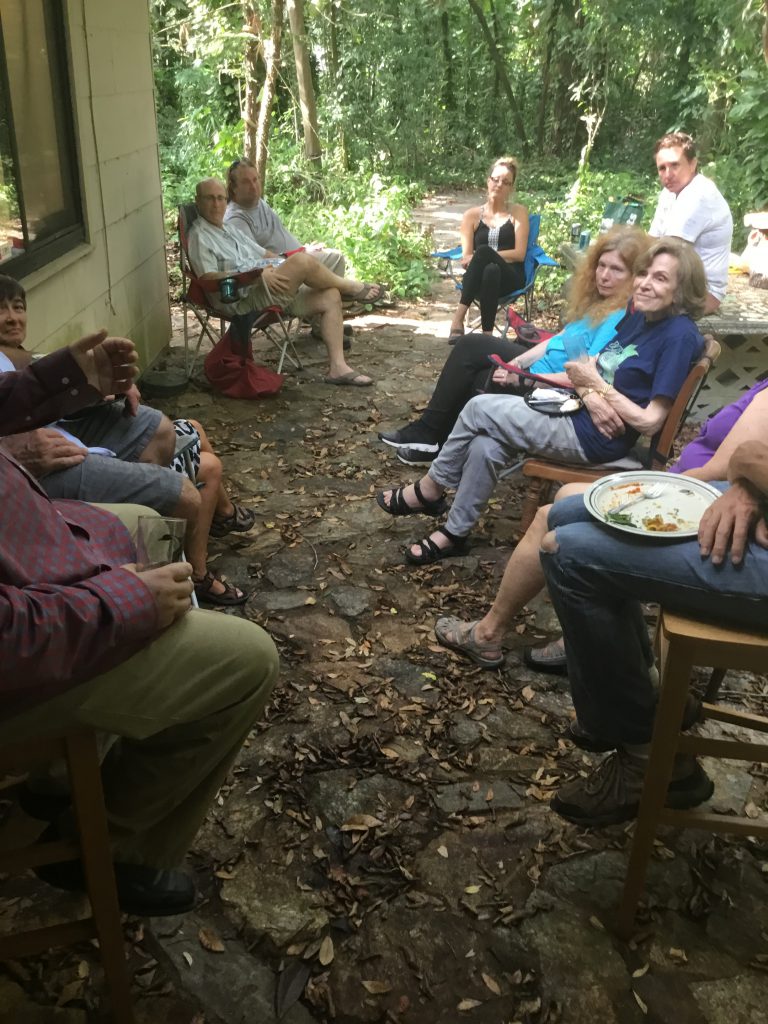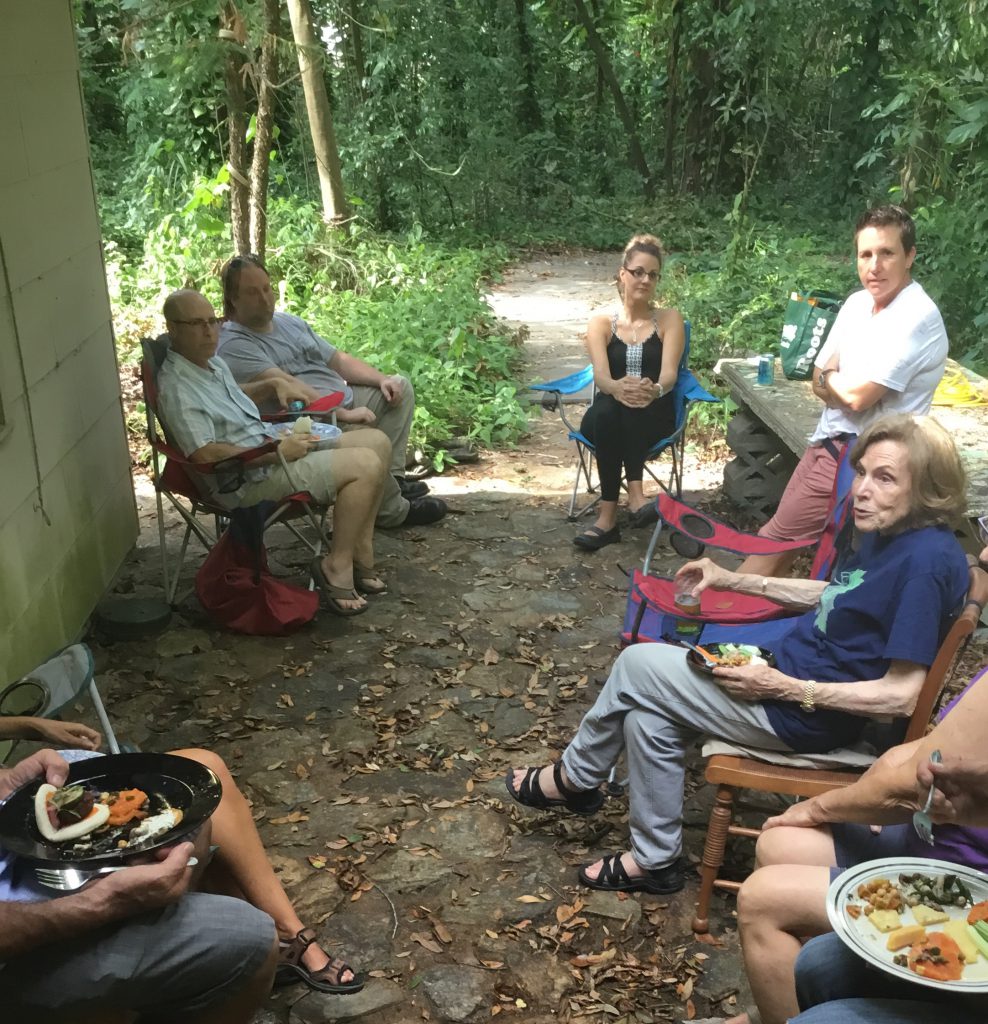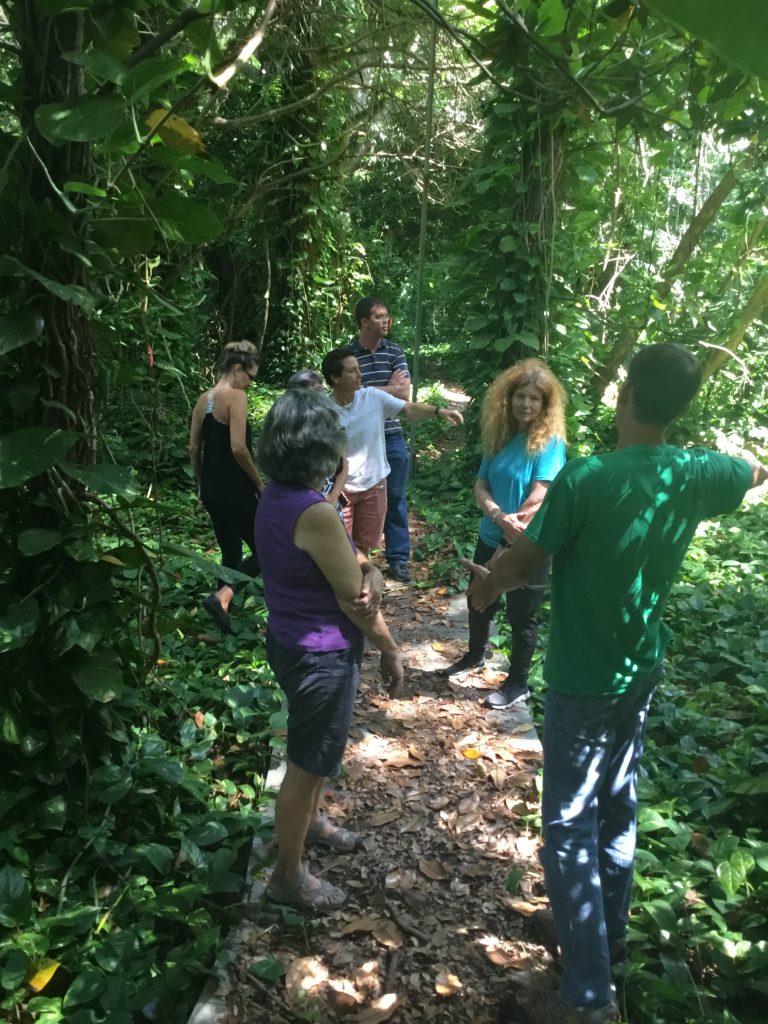Fluorescence, algal blooms, Geographic Information Systems, seagrass and habitat studies are all on the agenda for this summer’s interns at St. Petersburg College’s Bay Pines STEM Center!
Summer Term is almost here, and now that we have completed our Living Shoreline work, it is time for a deeper dive into the aquatic habitats here at the STEM Center campus. Starting next week, our STEM Center summer interns will be working on an analysis of the aquatic habitats of our campus’s lagoon area, known as Hurricane Hole.
Our four interns will start off the term learning about red tide and how scientists from Florida Fish and Wildlife Conservation Commission (FWC) collect and observe samples using electron microscopy. Students will visit the team at FWC and work with their scientists to collect samples from Hurricane Hole throughout the summer, making the location an official part of the FWC public database for Red Tide Status alerts.
Interns will also participate in a Seagrass Transect training program with our partners at the Tampa Bay Estuary Program (TBEP). Interns will spend the day in the field with TBEP scientists, learning about the local macroalgae of our region, completing transects of known seagrass beds in Tampa Bay. They will also become registered partners in the online TBEP database to support our Tampa Bay area Water Atlas. A goal of this component of the internship will be to add the STEM Center shoreline data to the online Water Atlas by the end of the summer so that we can continue to add to the knowledge of aquatic plants in Tampa Bay.
In conjunction with the STEM Center interns and the team at TBEP, students working with Gibbs Professor Ray Menard will collect samples from the red tide monitoring stations and the seagrass survey sites to determine if these locations contain other harmful algal blooms (HABs). TBEP scientists are looking into potential connections between HABs and seagrass loss in Tampa Bay, so their work is a vital component of understanding what is occurring in our habitats.
SPC students seeking science degrees who are required to complete an internship can reach out to STEM Center Director Erica Moulton at moulton.erica@spcollege.edu for information on opportunities.

